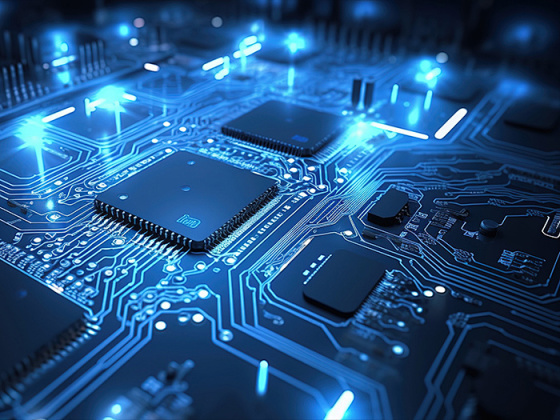Flexible PCBs: The Game-Changer in Modern Electronics
May 16,2025

Introduction to Flexible PCBs
If you’ve been around tech for a bit, you might have heard the buzz about Flexible PCBs. They’re not just a fad; they’re a revolution in the world of electronics! Imagine a circuit board that bends, twists, and fits into places traditional boards simply can’t. Sounds appealing, right? Let’s dive in!
What are Flexible PCBs?
So, what’s the deal with these flexible printed circuit boards? To put it simply, they’re made from materials that allow them to be bent and shaped without breaking. Unlike their rigid counterparts, Flexible PCBs offer more versatility, making them perfect for everything from smartphones to medical devices. Talk about a win-win!
The Benefits of Going Flexible
Alright, let’s break it down. Here’s why flexible circuit boards are all the rage:
- Space-Saving: In a world where size matters, Flexible PCBs can be designed to fit snugly in tight spaces, maximizing real estate.
- Lightweight: They’re lighter than your average rigid PCB, which is a blessing for portable devices.
- Durability: These bad boys are built to last. They can withstand the wear and tear of bending and flexing—perfect for wearables!
Applications Galore!
Flexible PCBs aren’t just for tech geeks; they’re everywhere! From consumer electronics to military applications, their versatility knows no bounds. Here’s a quick look at where they shine:
- Smartphones: Ever wonder how your phone gets all those features in such a slim profile? You guessed it—Flexible PCBs!
- Medical Devices: Equipment like heart monitors and wearable health tech rely heavily on these flexible wonders.
- Automotive: With the rise of electric vehicles, Flexible PCBs are becoming critical in various automotive applications.
Challenges Ahead
Now, let’s keep it real. While Flexible PCBs come with a heap of benefits, they have their fair share of challenges, too. Cost is a big one. The manufacturing process can be pricier compared to traditional PCBs. Plus, designing them requires a different set of skills, which can be a hurdle for some manufacturers.
The Future Looks Bright
Despite the challenges, the future of Flexible PCBs is undoubtedly exciting! As technology continues to evolve, the demand for these innovative circuit boards is set to skyrocket. With advancements in materials and manufacturing processes, we can expect even more applications in the near future.
Conclusion: Embrace the Flexibility!
In conclusion, if you’re in the electronics game, it’s high time to consider Flexible PCBs. They’re not only changing the way devices are designed but are also paving the way for smarter and more efficient technology. So, whether you’re a manufacturer or just a tech enthusiast, keep your eye on these flexible marvels!
Contact Us
E-mail :
shirley@threestar.com.tw
E-mail :
joyce@threestar.com.tw
E-mail :
johnhan@threestar.com.tw


